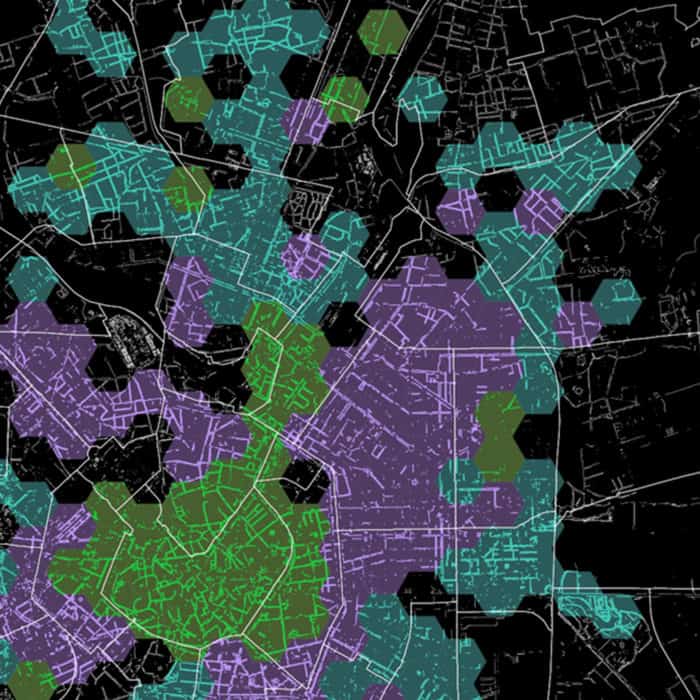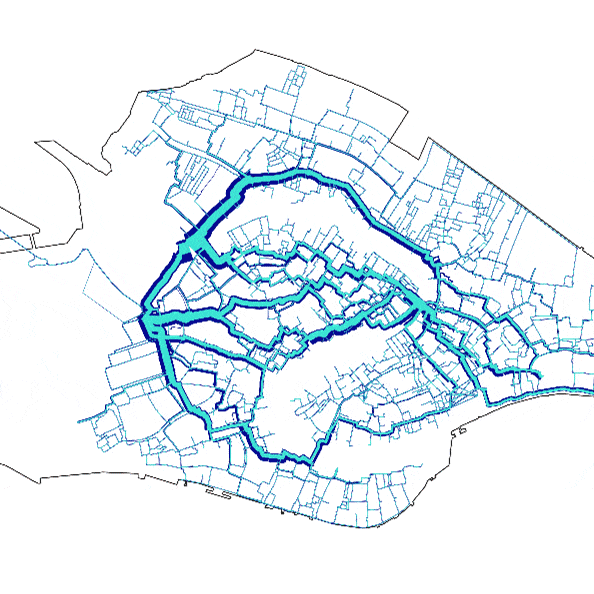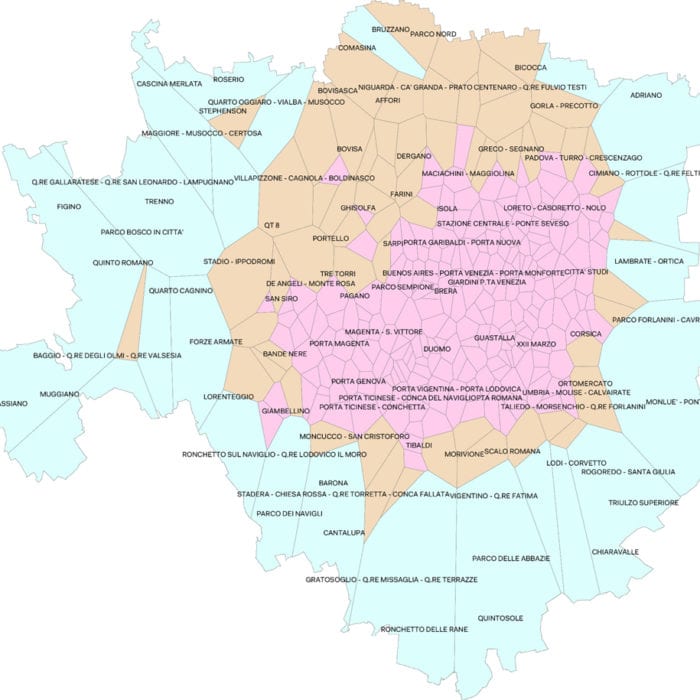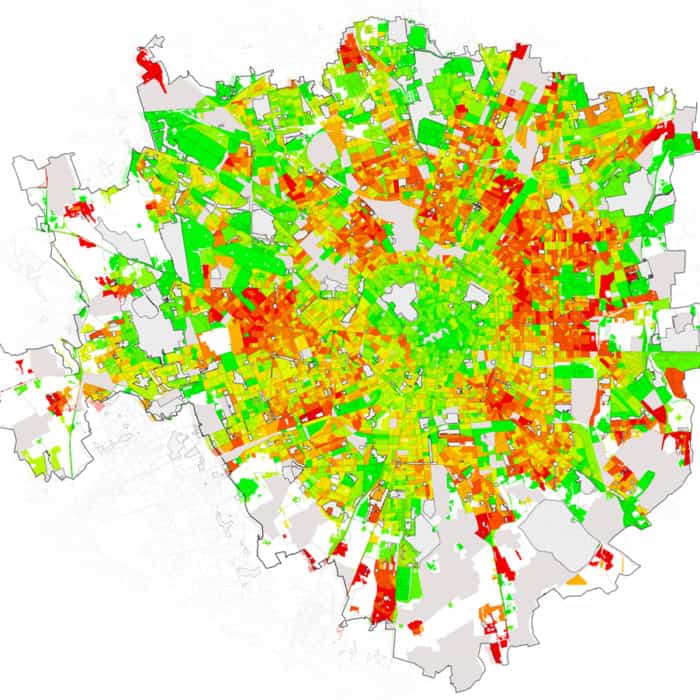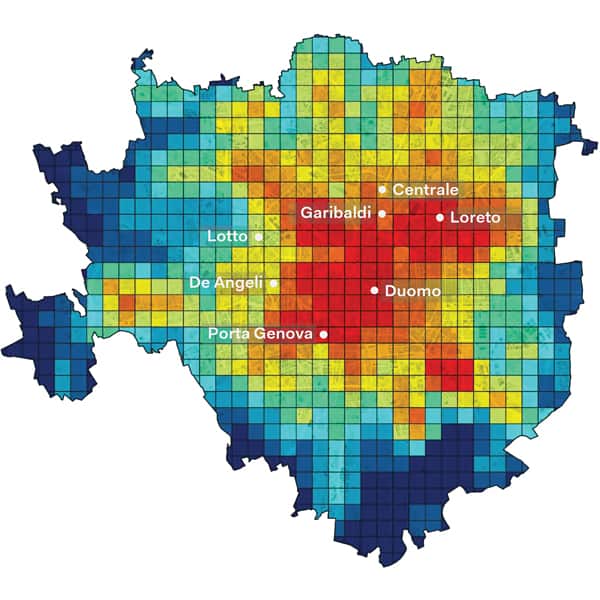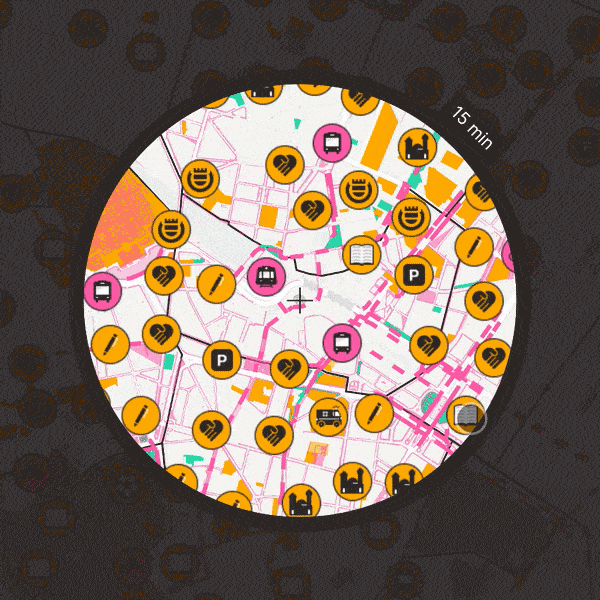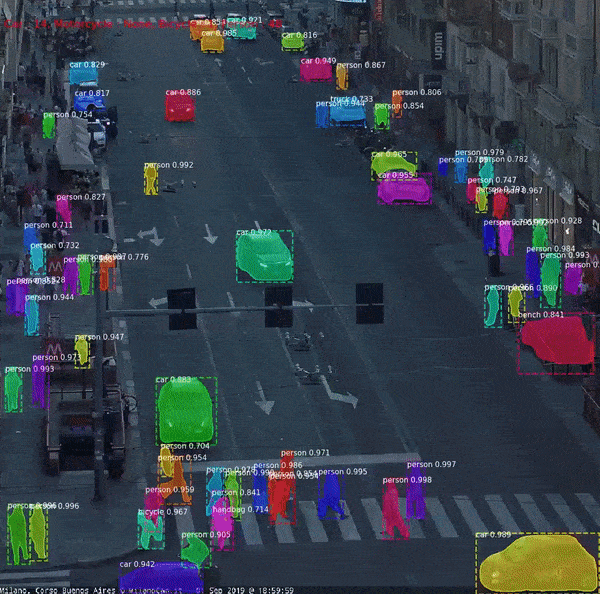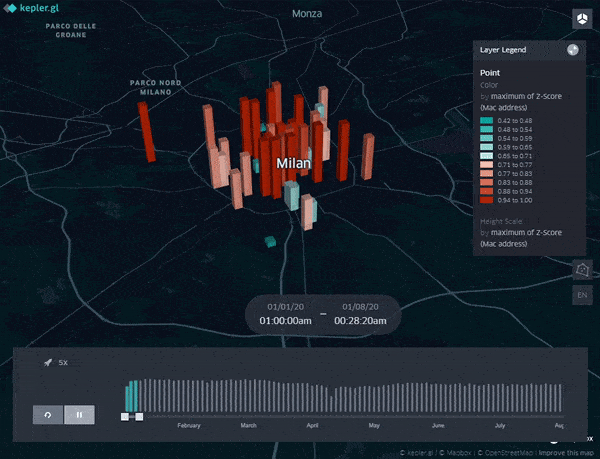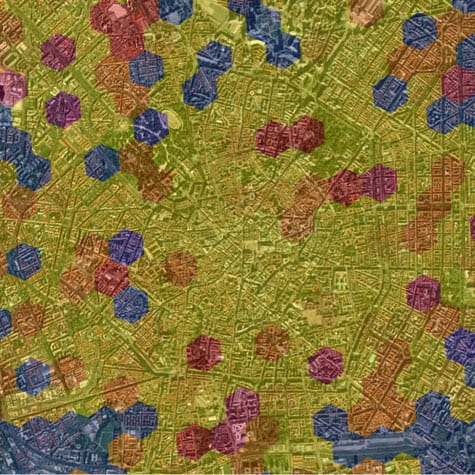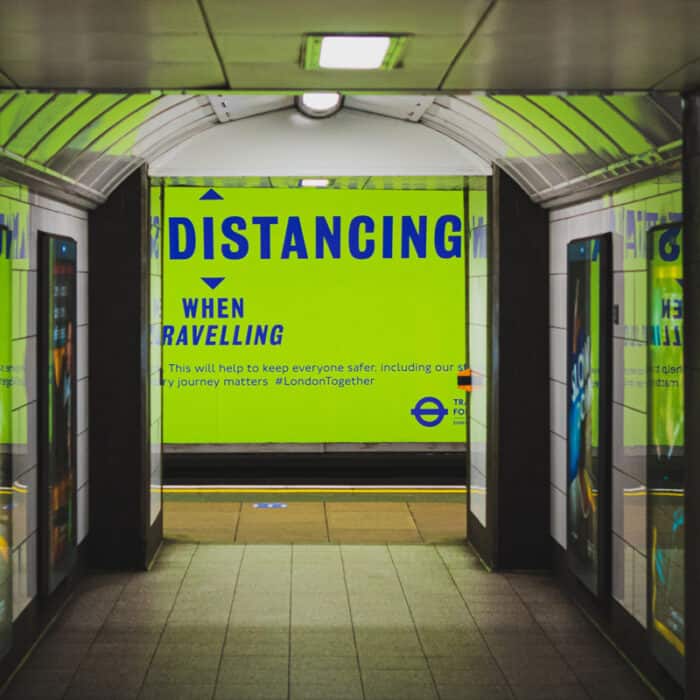Shifting Paradigm:
the impact of Covid-19 on transport planning (second edition)
This book is a structured collection of the most insightful investigations developed by Transform Transport since the Covid-19 outbreak. The unprecedented disruption caused by the pandemic has given rise to a large cultural and technical debate on new upcoming forms of urban development and mobility with the aim of envisioning potential trajectories of new urban paradigms and keeping up with the pace of our changing cities. Among the countless urban challenges, this book focuses on the issues of walkability, access to the public realm and barriers to enabling more localized living. Nearly 15 years after Systematica’s founder, Fabio Casiroli’s early investigations into chronocentric cities, we revisit the topic through the ’15-minute city’ paradigm, the latest perspective for fostering sustainable, inclusive and resilient cities, focusing on time as a shaper of urban experiences. The book also aims to tackle technical challenges to read novel mobility patterns in the wake of the pandemic, addressing these through the investigation of advanced urban planning tools and new urban metrics. Through innovative city instruments, multi-dimensional metrics and deep learning techniques, this publication explores everything from the dense network of sidewalks to the actual accessibility to urban parks and investigates hidden people movement patterns through big data, video/image analytics and data sensors, unveiling emerging correlations that could support future urban scenarios and strategies. Relying primarily on the city of Milan as the analytical testbed, these methodologies have the potential to be replicated in many global cities, to help bridge urban structural gaps and inform effective intervention strategies to address today’s complex mobility challenges.
“And who has never wondered if the rapid growth of large urban agglomerations could turn into a nightmare? I believe that it can be turned into a hope, if we know how to design a city able to guarantee essential rights of urban civilization to everyone, among which is the mobility right, always and everywhere.”
– Fabio Casiroli, 2008
Khrónopolis
The first chapter, Walkable Cities is focused on the theme of walkability. It gathers contributions that were developed to look at how Covid-19 impacted not just pedestrian behavior, but also pedestrian modelling tools used in the planning field, testing their applicability under conditions of a health crisis. It also presents a replicable methodology to evaluate urban pedestrian infrastructure under the lens of the pandemic situation, highlighting areas where interventions are needed to ensure safe pedestrian travel.
The second chapter, Living Local is generally concerned with the theme of the 15-minute city. Closely related to the theme of walkability and often overlapping, the contributions of this chapter aim to test the practical application of the complete neighborhood concept as a viable way forward for an urban living model. It aims to explore pathways for bridging the theory with practice, presenting some initial technical methodologies for putting the model into practice. One of the contributions also focuses explicitly on the accessibility of public green spaces to city residents by foot living in different parts of the city, highlighting differences in access to open-air gathering spaces deemed especially crucial to urban life within the pandemic state.
The final chapter, New Urban Metrics focuses on the application and use of new urban technologies to unearth hidden mobility patterns throughout the various pandemic phases, which could not have otherwise been studied using traditional transport planning instruments. From Wi-Fi sensors to video processing using pretrained deep learning models, to the analysis of geo-located, user-generated social media data, this chapter aims to demonstrate the capabilities of the Urban Informatics approach to extract meaning from unprecedented mobility situations.
Looking with machine eyes: how deep learning helps us read our cities
Monitoring (Big) traffic data through Wi-Fi sensors: the evolution of the lockdown phases in Milan
Sensors Data for Unlocking Hidden City Metrics
Analysing ‘Twitter Conversation’ of London Tube Stations: The Case of the Covid-19 Pandemic
Way Forward
Covid-19 has triggered a series of theoretical reflections and urban experiments, whether through research or physical urban interventions, which we, at Transform Transport, could not but be part of. We have witnessed these changes steered by the need to adapt to the new conditions that the pandemic imposed on us. Kicking off our research days after the outbreak of the pandemic, today, more than two years later, our efforts are persistent towards our aim to bring this urban research endeavour to the next level – looking beyond the current moment to envision a more resilient future for our cities. The pandemic pushed cities worldwide to change the way to read and plan cities, reprioritizing certain assets, such as walkable networks and alternative modes of transportation, capitalizing on changing working habits and recognizing the immense capability of open space and the public realm in enhancing the quality of urban life. Above much else, the Covid-19 premise for the book provided a new perspective with which to view already existing urban issues, thereby exposing more dimensions to be investigated and inducing innovative methodologies. The vision for the experiments and studies presented herein is to become a living legacy while planning our future cities, as new parameters and evolving technologies continue to provide new opportunities for exploration. These studies will therefore continue to be tested and updated as part of an ongoing process, with the aim to transform them from simple analytical frameworks into robust urban design principles. We strongly believe that the development of new methods for reading urban conditions has the potential to increase the sensitivity of our planning tools, paving the way for a gradual and everlasting change to the practice of urban and transportation planning.

